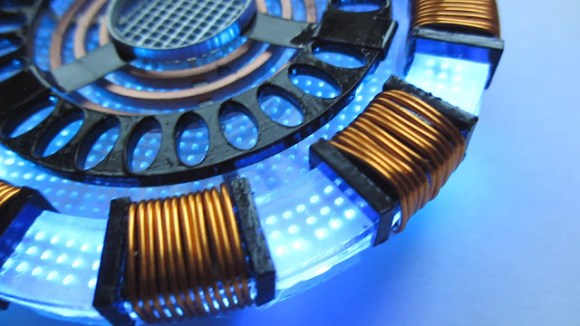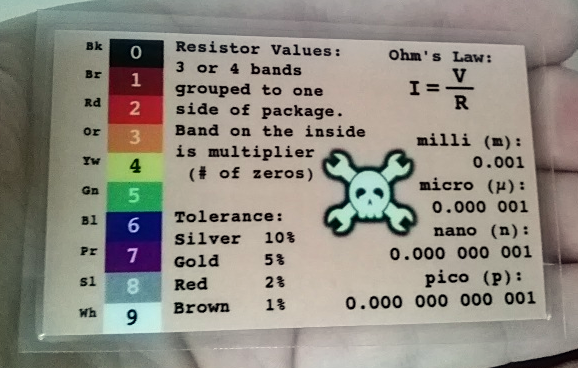We’re sure that, like us, you’ve heard at least something about Bluetooth Low Energy (BLE). Blutooth 4.0 is another name for BLE and it’s already available in some smartphones; starting with the iPhone 4S, BlackBerry 10, and with Android support added in 4.3 — Jelly Bean. Here’s your chance to get acquainted which what the specification brings to the table. The source material (which we’ll talk about below) provides a ton of background. But if you want a succinct overview check out [Gervasi’s] summary of Bluetooth Low Energy.
We won’t republish the technical details here as both articles do a great job of covering those. Here’s what you should take away from BLE: It’s meant for use with devices running off of a tiny power source. The one outlined in both articles is a coin-cell. But we prefer to think of the future that is energy harvesting. Peak current is limited to 15 mA. This does limit the throughput, but think sensors, not Bluetooth headsets. You just don’t need to push all that much data from these devices. A cleverly designed energy harvesting circuit should be able to implement BLE devices with no battery whatsoever.
We did mention a deeper exploration of the standard. The image above comes from this BLE Primer for Developers. Add it to your weekend reading.
[via Reddit]


















